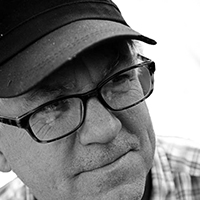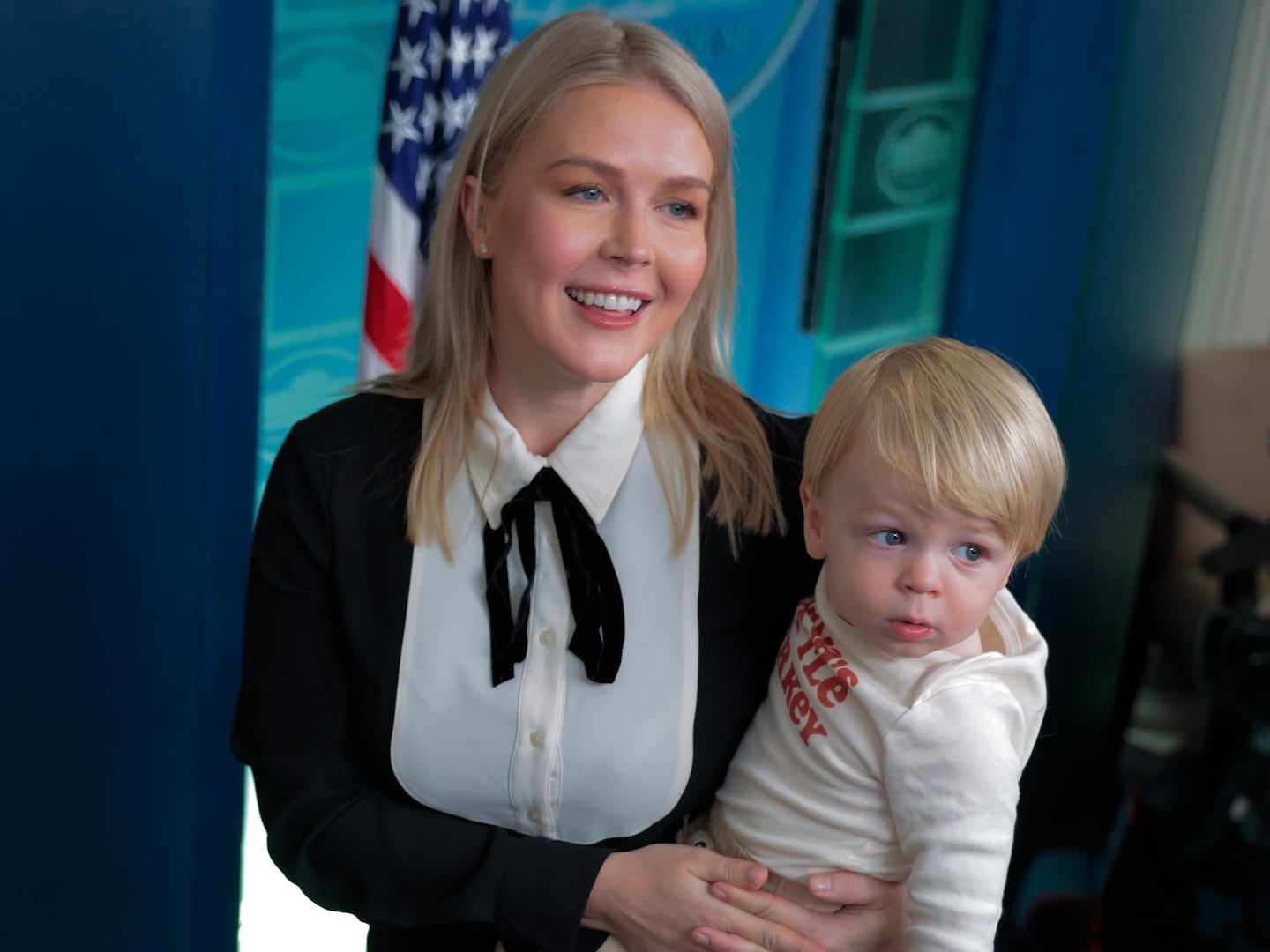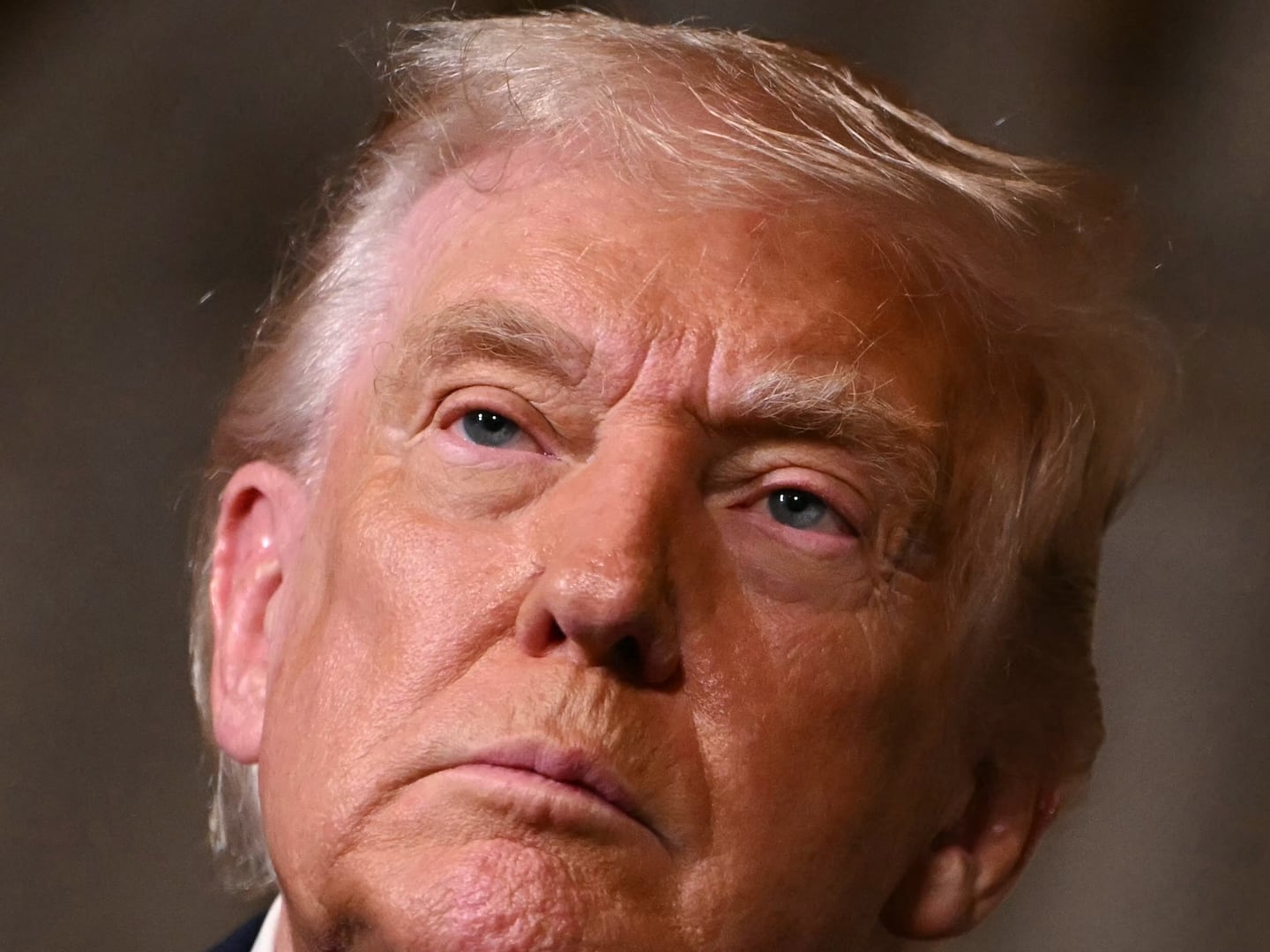Molly Wellmann owns two bars in Cincinnati—Myrtle’s Punch House and Japp’s Since 1879. Besides being a bartender and bar owner, Wellmann is a history obsessive. Much of her free time is spent researching, sometimes at the Cincinnati Mercantile Library, sometimes at the public library, learning what she can about the city’s ancient bars and barkeepers. She has a special fondness for the writer Lafcadio Hearn (who wrote for the Cincinnati paper, and whom Wellmann refers to as “a punk rocker of the 1870s”). She also admits to being something of a National Police Gazette junkie.
“I find stories about the liquor as intoxicating as the drinks themselves,” she wrote in her 2013 guide, Handcrafted Cocktails. “I love to learn the stories about where everything comes from. I always have.”
Last spring, she found a new way to share her passion. With local history buff and writer Greg Hand, and University of Cincinnati archivist Kevin Grace, the trio launched Stand-Up History, a series of short talks about local history—often revolving around the history of drink. The third event was held in late November. All have taken place at Myrtle’s Punch House.
Do lectures and drinking mix? Apparently. While only seven people showed up for the first Stand Up History in the spring (it was stormy, Wellmann says), word got around. The next two filled the room to capacity. The November event featured Wellmann talking about Lafcadio Hearn, Hand talking about the city’s once-vibrant red-light district, and another local historian talking about the city’s historic candy industry. “We had a great crowd,” Wellmann says. “Lots of questions and praise.”
In doing so, Wellmann has essentially figured out how to shoehorn three centuries into a bar: the 18th, 19th, and 20th.
In the 1700s, taverns had to be creative to draw in customers. (Offerings were largely the same from place to place, and prices were set by the government.) So they hosted freak shows and menageries, where customers would come to gawk at the unfamiliar and unusual. (One 18th century tavern landed a camel: “It is impossible to describe the creature,” read the ad. “A curiosity never before seen, and very likely never again.”) Also popular were lifelike wax statues of historical figures, and intricate clockworks that animated dancers and other figurines. Whatever it took to keep the bar bustling.
Taverns were the nexus of American village social life for more than a century—but then were eclipsed in stature by the hotel bar, the restaurant bar, and, finally, in the 20th century, the corner bar. The ultimate destination: the Old Man Bar, dim and musty places where conversation went to die. It was replaced by sour grousing and the cursing of an empty void.
At each step of evolution from tavern to craft cocktail bar, the social life within grew narrower—bars became silos of inebriation, in which outside elements were kept at bay outside.
Among those outside trends was education—and that included the Atheneum. In the 19th century, American witnessed a minor mania for these. In ancient Greece, Atheneums were buildings dedicated to the goddess of wisdom, Athena. Those wishing to elevate themselves would assemble and listen as the learned expounded—on poetry, philosophy, and science.
Centuries later, Victorian versions of these temples to self-improvement blossomed in large cities and small town across the nation, a magnet where people flocked for lectures on history, science, and the arts.
Richmond, Indiana, had an Atheneum devoted to “the right cultivation of the human mind.” An 1840 ad, for instance, promised “a lecture on the science of Botany…Ladies and gentlemen feeling an interest in this subject, are respectfully invited to attend.” The Atheneum promised “the acquisition of useful knowledge,” allowing one to forgo “lavishing the leisure periods of our lives in indolence, in anecdotal conversation, in noisy merriment and other wasteful ways.”
In the late 20th century, the Atheneum movement faded, displaced by the “noisy merriments” of radio, movies, and television. Then, late in the century, though long sterile, it unexpectedly produced spawn. The offspring was named TED, along with a little brother named, TEDx. Those seeking the right cultivation of their minds flocked to events where the learned expounded.
Wellmann is by no means the first to bring mental elevation to the taproom. In 2014, a few New York University and Columbia students had a similar idea. “We wanted to share the knowledge and access to professors we’ve got in New York,” says Inbar Dankner, who was then a business student at NYU. “And we came up with this idea of doing it at local bars.”
They aimed high: their first event was to stage 50 hour-long lectures in 50 bars, all on one night, with topics ranging from neuroscience to music history to philosophy. Neither professor nor bar embraced the idea at first, she says. They had to convince the professors that people would show up and be attentive, and convince bars to close their doors to regular customers for a few hours one evening, with the vague promise that a cadre of new drink-buying customers would stream in.
Neither professor nor bar needed to worry. All 50 venues sold out within 48 hours of the event’s announcement; 5,000 curious drinkers filled the bars around the city that one night. (Tickets were free, but were reserved online in advance.) Afterwards, the organizers were deluged with emails from other universities and students wishing to stage similar events in their cities.
Dankner and others formed a business to organize these, and called it Raising the Bar. They staged a program the next year in San Francisco (with closer to 20 bars), and the next year moved overseas, with events in London, Hong Kong, and Sydney. Australia has been especially keen to expand the program. “In the last year, it’s really exploded,” says Ben Gilden, head of digital and social strategy at Raising the Bar. The crew is currently working with universities in Melbourne and Adelaide on events there, as well as in Auckland, New Zealand. And they’ve twice repeated the New York 50-bar extravaganza.
Raising the Bar’s model calls for universities to pay to underwrite the events, such that tickets for attendees remain free. “It’s a way for universities to engage with their communities in a way they couldn’t before” Gilden says, and move learning out of the classroom and into spaces where people already gather.
The one-hour events also encourage people to sample ideas and concepts that they might ordinarily not be exposed to. Attending doesn’t require a commitment to an entire semester’s run of classes, but offers a low-risk introduction to unfamiliar topics. And you can have a drink or two in the bargain.
In Cincinnati, bar owner Wellmann is preparing for the January Stand Up History—she plans to talk about Cora Dow, an entrepreneur active in the late 1800s and early 1900s who owned eleven Cincinnati drug stores and soda fountains. Dow also sold her own brands of rye, gin and ice cream.
“I like weird people and I like alcohol,” Wellmann says. And, seriously, who doesn’t?






